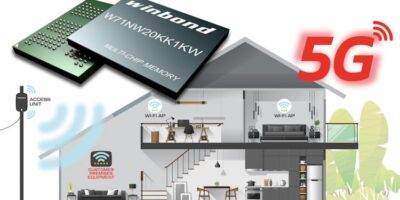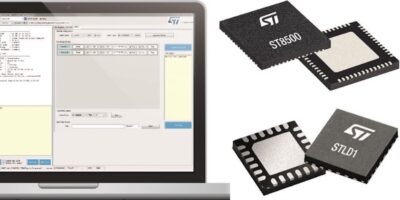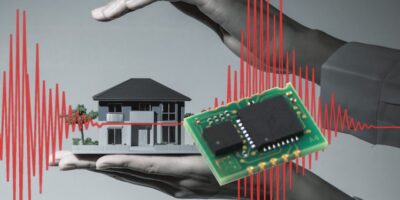Memory supplier, Winbond Electronics, supports accelerated roll-out of 5G customer premises equipment (CPE) modems as it releases a 2Gbit+2Gbit NAND+LPDDR4x multi-chip package.
The W71NW20KK1KW combines non-volatile flash/high-speed DRAM for cost and memory capacity in static 5G modem applications, says Winbond.
The 1.8V device is provided in a compact 8.0 x 9.5 x 0.8mm multi-chip package (MCP).
The W71NW20KK1KW combines robust single level cell (SLC) NAND flash and high-speed, low-power LPDDR4x memory. It provides sufficient memory capacity for 5G cellular modems that are intended for use as CPE in homes and offices.
Static 5G CPE modems can operate with memory capacities of 2Gbit NAND/2Gbit DRAM. This combination in a single package enables 5G modem manufacturers to meet the system requirements of CPE units at the lowest possible materials and production cost, says Winbond, to help accelerate consumer adoption of 5G as an alternative to fixed-line copper or optical xDSL links in the last mile of high-speed broadband networks.
According to Wilson Huang, product marketing manager at Winbond, Winbond is the only MCP chip manufacturer that produces both NAND and LPDDR4x in its own wafer fabrication plants to assure customers of supply quantities and schedules, quality and service.’
The W71NW20KK1KW is a 149-ball ball grid array (BGA) MCP consisting of a 2Gbit SLC NAND flash die and a 2Gbit LPDDR4x DRAM die. The robust SLC NAND flash offers endurance and high data integrity, adds Winbond. The SLC NAND only requires 4-bit error code correction (ECC) to achieve high data integrity, but the device’s 2kbyte+128byte page size provides enough space for the use of 8-bit ECC.
The W71NW20KK1KW has an 8-bit bus, and is organized in blocks of 64 pages. The NAND die’s performance specifications include a maximum page Read time of 25 micro seconds and a typical page program time of 250 micro seconds.
The LPDDR4x DRAM die, which operates at a high frequency of 1866MHz, provides an LVSTL_11 interface and features eight internal banks for concurrent operation. It offers a data rate of up to 4267M transfers per second, supporting the fast data-transfer rates to be offered by 5G cellular networks, according to Winbond.
The W71NW20KK1KW is available now in production volumes.







